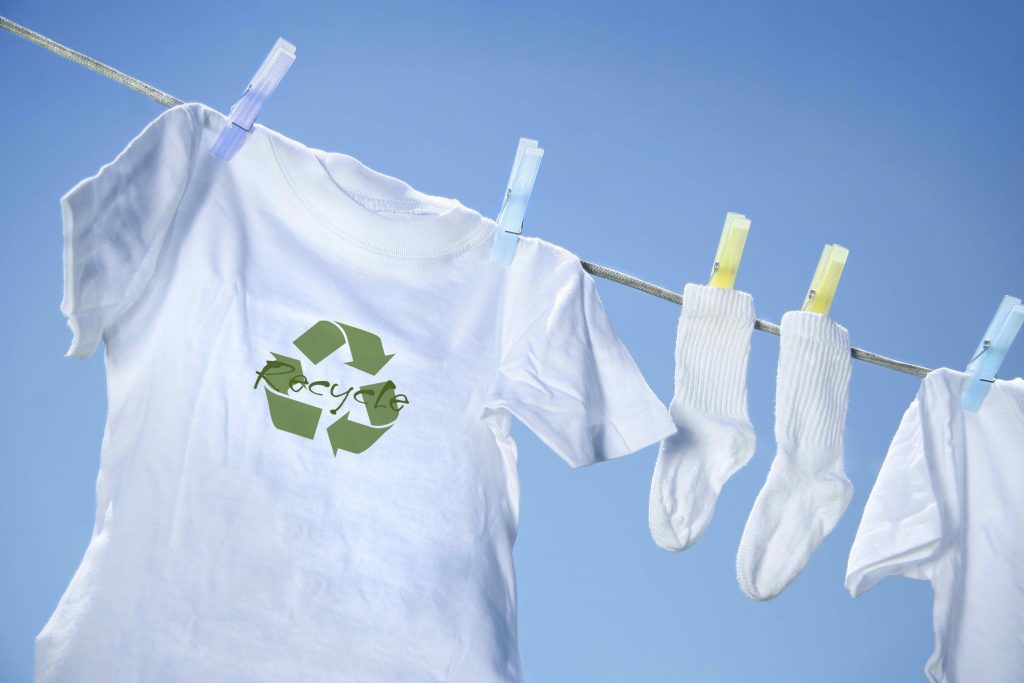Before the quarantine, we could afford the luxury of traveling around the world, being filled with impressions from meeting works of world art. We were people on the planet and in the daily bustle did not think about our impact on it.
In the post-quarantine period, we realized that we may lose freedom of movement, the ability to go to concerts and restaurants, but no one will take away from us the freedom to be ourselves and to minimize our impact on the environment on our own.
If earlier clothes were worn for years, now marketers of well-known brands update collections almost every week, thereby encouraging people to throw away old things and buy new ones.
No one wants to go down in history as a planet-destroying monster, so fast fashion giants are adopting “environmental” measures one by one. “Greenpeace” recently released a rating of “green” clothing brands. At the forefront was H&M with their program of collecting and recycling old things.
At first glance, the idea is not bad, but if you look closely at the numbers, it becomes a little sad. In 2013, for example, about 3,000 tons of old clothes were collected. At the same time, in 2012, according to the eco-journalist Lucy Siegel from the Guardian, the company spent less than 200,000 tons of cotton alone on the production of new items.
At the moment, the Italians have become the leaders in wool processing. Today, 15% of the world’s recycled textiles come from Prato. Piles of discarded wool await recycling in the Italian city of Prato, a small town in Tuscany that has been the epicenter of wool processing for centuries.

How about textile processing?
Approximately 6-7% of all household waste is textiles that could be reused, but instead end up in landfills. About 30 small companies are engaged in the repeated production of old things and clothes. But at the moment, all projects have not become widespread or are considered only in perspective due to the fact that we do not have a culture of waste collection. According to information, about 3% of waste is used in secondary processing. Therefore, the state encourages the development of new projects and calls on citizens to be environmentally conscious.
It will not be possible to “green” the fast fashion industry in the coming years, despite all the desire. What should we do if we want to reduce the ecological footprint of clothes, but at the same time change them more often?
Everything is simple here: you need to adjust your own lifestyle, taking the basic principle of “zero waste” as a guide.
Choose things made of quality materials – they will last longer. Our products are made of high-quality natural fabric, which is why they last longer and minimize processing costs. It is also advisable to assess the need to update the wardrobe, therefore our production is designed only for printing at the client’s request (print of demande). We use natural water-based inks for printing, which create high-quality and full-color printing for one unique product.

We also provide a great opportunity to give clothes a second life with the help of creative solutions that we can implement using the method of thermal film transfer. Have you accidentally put a stain on your favorite hoodie? There is no need to give it up, we can easily mask the stain with a creative print.
Have you bought a product a long time ago and are tired of wearing it? Change the appearance with a print and extend its life for a long time.
If you are eco-friendly, you can, for example, hand in things and give them a new life. 95% of clothing that ends up in landfill can be reused or recycled. When you give away old things, you extend their life and contribute to the future of our environment.